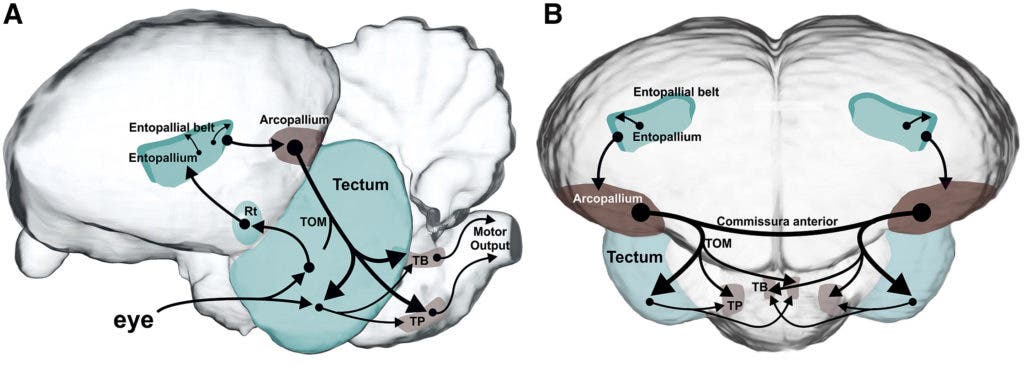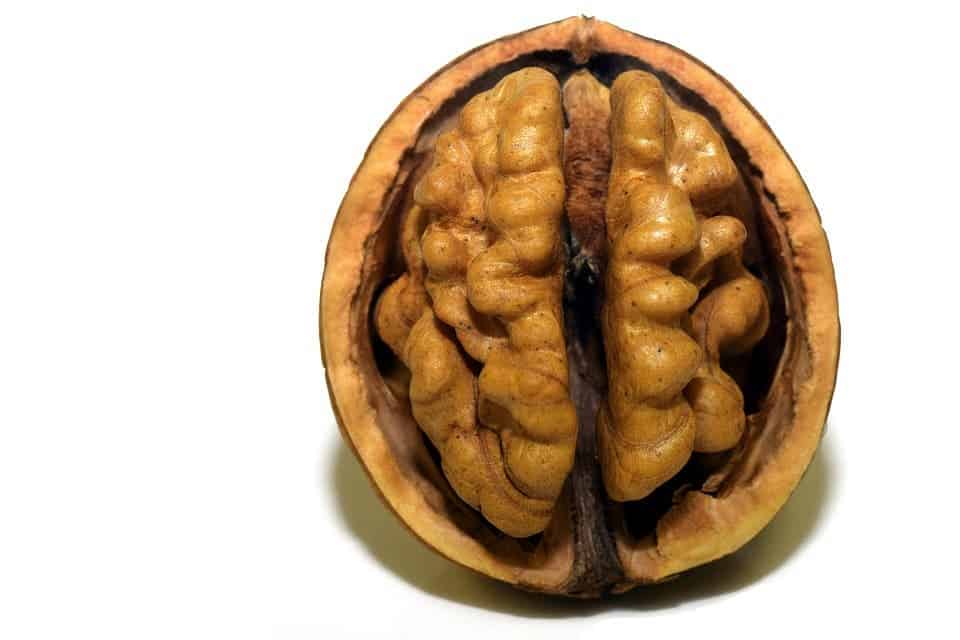The two halves of your brain synchronize on a first-come-first-served basis, new research reveals — but the left side has the upper hand.
Our brain’s two hemispheres specialize in different tasks. In broad lines, the right hemisphere performs tasks that involve creativity, the left one handles tasks that have to do with logic, and each controls the movements of one half of the body.
Sounds quite complicated, huh? Well, it is. What makes the process even more complicated is that the brain often needs to reach a single response to a stimulus — in other words, one hemisphere needs to assert authority over the other, at times, and handle a specific scenario. Exactly how this power struggle is mediated, however, has remained unknown up to now.
Peas in a pod
A team of researchers from the Ruhr-Universität Bochum has worked to patch up our understanding on this subject, The team, comprised of Dr. Qian Xiao and Professor Onur Güntürkün, reports that hemispheric dominance is settled by slight differences in temporal activity patterns in both hemispheres — in pigeons, at least.
In other words, the first to act takes control. However, the team also found that in the case of a conflict, the left hemisphere can veto its counterpart and assume control.
The brain’s hemispheres are linked via a heavy-duty bundle of nerve fibers, known as commissures. It was assumed that these commissures carried signals from one hemisphere to the other, which helped them sync up. For example, one hemisphere could send inhibitory signals to its counterpart in order to suppress some of its functions. One big issue with that hypothesis, however, is that the hemispheres also broadcast excitatory signals over the commissures.
“This is why it has remained a mystery where, exactly, functional brain asymmetries stem from,” says Güntürkün.
The team approached the issue using a new method. At the biopsychology lab in Bochum, they measured the brain activity of pigeons performing a color differentiation test. From the readings, the team extrapolated the activity of individual cells in the birds’ visuomotor forebrain. This brain network handles visual information and generates movement as a response. In birds, the left hemisphere is dominant for these tasks.

Ascending and descending pathways of the visual tectomotor pathways in pigeons.
Image credits Qian Xiao, Onur Güntürkün, 2018, Cell Reports.
The duo occasionally blocked the activity of neurons that sent signals over the commissures to better understand how the two hemispheres sync. They also monitored the neurons that usually receive input from the other hemisphere. By putting these sets of observations together, they were able to model how this interaction affects the activity of the two halves of the brain.
They report that if both hemispheres want to assert control, the left hemisphere comes on top — for some reason, it’s able to delay the activity of neurons in the right hemisphere and over-ride it, so to speak. The researchers further showed that the two hemispheres are also theoretically capable of synchronizing their activity.
“The right hemisphere simply acts too late to control the response,” Güntürkün explains.
“These results show that hemispheric dominance is based on a sophisticated mechanism. It does not hinge on one general inhibitory or excitatory influence; rather it is caused by minute temporal delays in the activity of nerve cells in the other hemisphere.”
The paper “Asymmetrical Commissural Control of the Subdominant Hemisphere in Pigeons” has been published in the journal Cell Reports.










